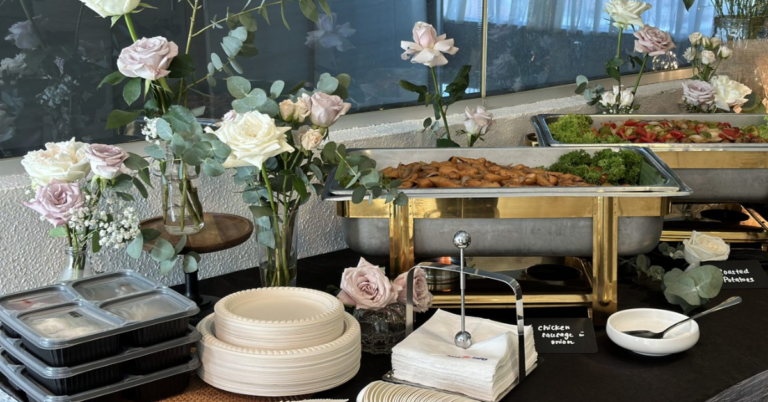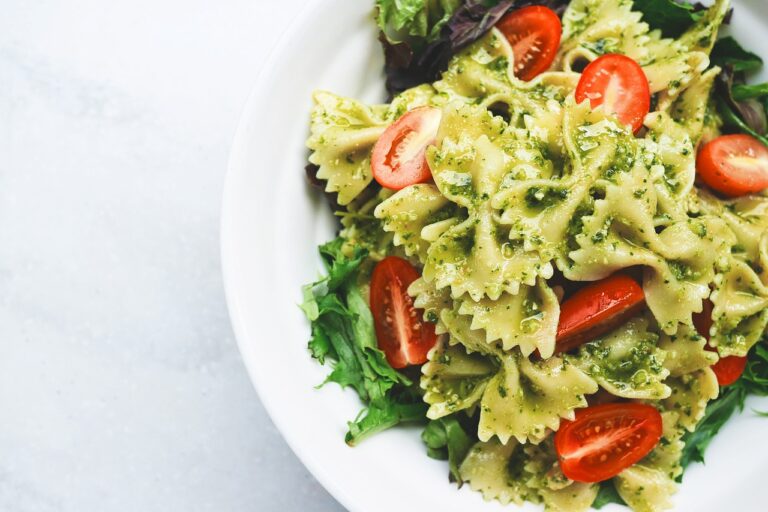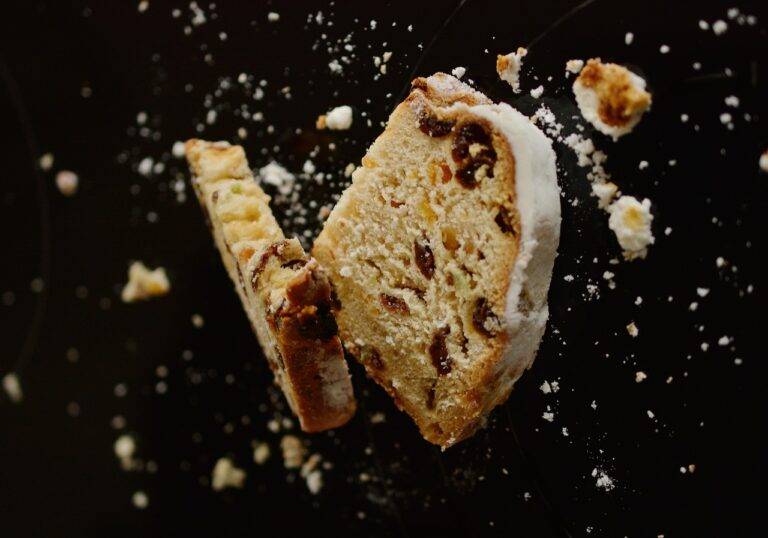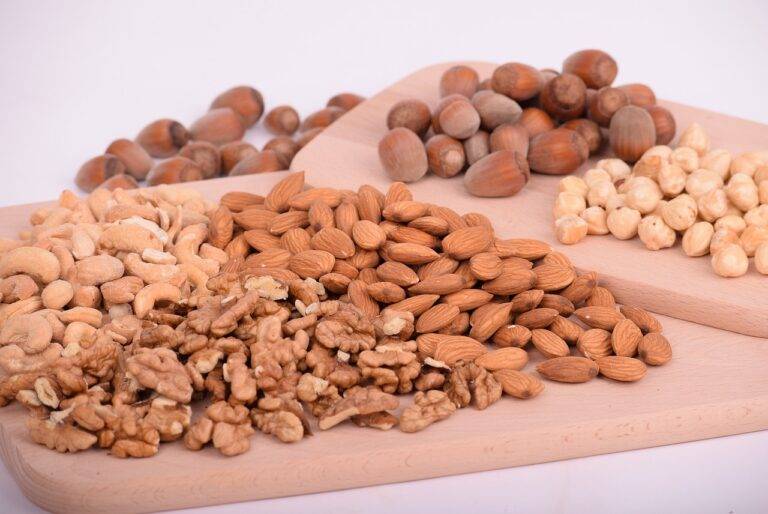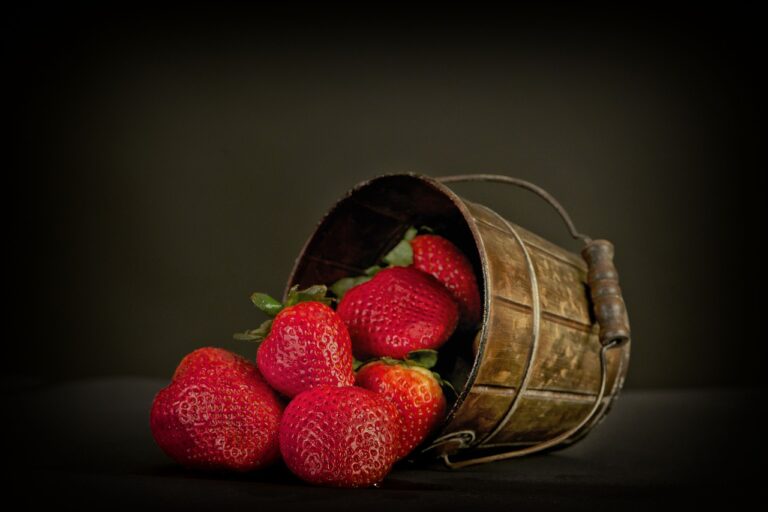3D Printing in the Food Industry: Revolutionizing Food Production
3D printing technology has revolutionized the way food is customized in the culinary world. Chefs and food enthusiasts now have the ability to create intricate and personalized designs that were once thought to be unattainable. From edible decorations to unique shapes and textures, 3D printing allows for a level of creativity and precision that was previously unheard of in the food industry.
By harnessing the power of 3D printing, chefs can cater to individual preferences and dietary restrictions with ease. Whether it’s creating personalized chocolate molds, intricate sugar decorations, or even designing custom food shapes for special events, the possibilities are endless. This level of customization not only enhances the visual appeal of dishes but also opens up a whole new realm of culinary creativity for chefs looking to push boundaries and deliver unforgettable dining experiences.
Enhancing Food Presentation with 3D Printing Technology
The integration of 3D printing technology in the culinary world has unlocked new possibilities for enhancing food presentation. Chefs and food designers are now able to create intricate and visually stunning designs that were once unimaginable. From geometric shapes to personalized decorations, 3D printing allows for precise detailing that adds a touch of sophistication to any dish.
Furthermore, the use of 3D printing technology in food presentation enables chefs to showcase their creativity and bring innovative concepts to life on the plate. By utilizing edible materials, such as sugar, chocolate, or fondant, chefs can craft intricate designs that not only look visually appealing but also offer a unique dining experience. With 3D printing, the culinary industry is experiencing a renaissance in presentation techniques that are revolutionizing the way we perceive and appreciate food aesthetics.
Improving Food Safety Through 3D Printing
3D printing technology has made significant strides in enhancing food safety protocols within the culinary industry. By utilizing this innovative technology, food manufacturers can create precise and customized tools that reduce the risk of contamination during food preparation processes. The ability to design intricate components for food processing equipment ensures a higher standard of hygiene and minimizes potential hazards in the production line.
Moreover, 3D printing allows for the development of specialized packaging solutions that can prolong the shelf life of perishable goods. With the capability to produce customized packaging materials tailored to specific food items, the risk of spoilage and cross-contamination is significantly reduced. This level of customization not only enhances food safety measures but also addresses sustainability concerns by minimizing food wastage.
How can 3D printing improve food safety?
3D printing technology can help in creating food items with precise measurements and shapes, reducing the risk of contamination during the cooking and handling process.
Can 3D printing be used to customize food items?
Yes, 3D printing allows for customization of food items based on individual preferences, dietary restrictions, and even nutritional needs.
What are some benefits of enhancing food presentation with 3D printing technology?
Using 3D printing technology can elevate the visual appeal of food, making it more attractive and appealing to consumers. It can also help in creating intricate designs and patterns that are not easily achievable by traditional methods.
Are there any limitations to using 3D printing for food production?
While 3D printing offers many advantages, there are still some limitations such as the cost of equipment and materials, as well as the need for specialized skills to operate the technology effectively. Additionally, some food items may not be suitable for 3D printing due to their texture or consistency.


